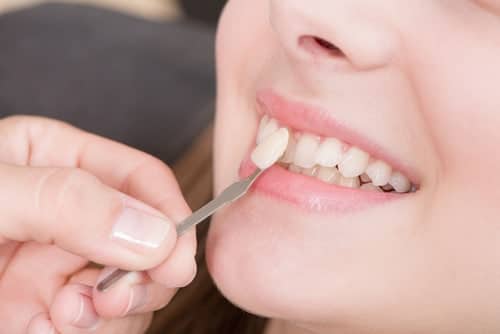You’re curious about orthodontic treatment and how teeth can be moved without surgery. Well, great news! There are various methods that orthodontists use to shift teeth and create a beautiful smile, all without the need for surgical intervention.
One commonly used approach is braces. These little wonders consist of brackets bonded to your teeth, connected by wires. The gentle pressure exerted by the wires gradually encourages the teeth to move into their desired positions. Another option is clear aligners, such as Invisalign. These custom-made trays fit snugly over your teeth, applying subtle pressure to nudge them into proper alignment. Over time, you’ll notice the remarkable transformation of your smile, without any surgical procedures. So, don’t worry, achieving a straighter, more confident smile is within your reach!
Orthodontic Treatment: How to Move Teeth Without Surgery

Introduction to Orthodontic Treatment
Orthodontic treatment is a specialized branch of dentistry that focuses on straightening and aligning teeth, as well as improving the overall appearance of the jaw. It involves the use of various techniques and appliances to move teeth into their desired positions. While traditional orthodontic treatments often required surgical interventions, advancements in the field have led to non-surgical options for teeth movement.
What is Orthodontic Treatment?
Orthodontic treatment entails the use of braces, aligners, and other appliances to correct misaligned teeth and bite issues. The primary objective of orthodontics is to improve the functionality and aesthetics of a person’s smile. By moving teeth into their proper positions, orthodontic treatment can also enhance overall oral health.
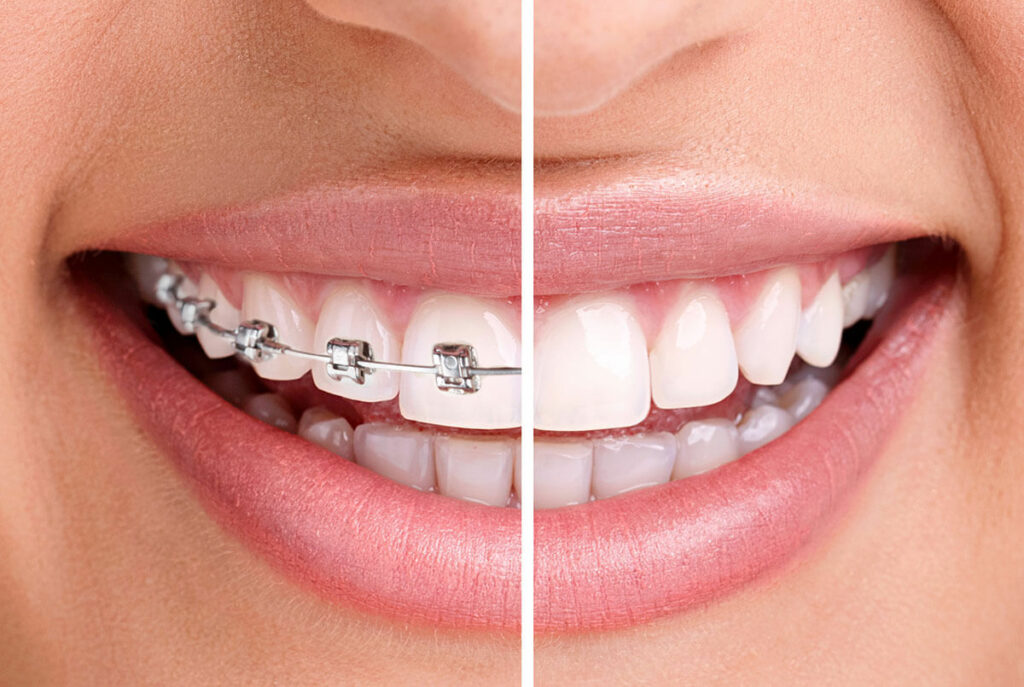
Importance of Orthodontic Treatment
Orthodontic treatment plays a vital role in maintaining good oral health. Misaligned teeth and jaw problems can contribute to issues such as tooth decay, gum disease, and even difficulty in speaking and chewing. By properly aligning the teeth and jaw, orthodontic treatment can alleviate these problems and promote better oral hygiene.
Non-Surgical Options for Teeth Movement
In the past, surgical intervention was often necessary to move teeth effectively. However, with advancements in orthodontic techniques, non-surgical options have become increasingly popular. These non-surgical options include braces, aligners, and retainers.
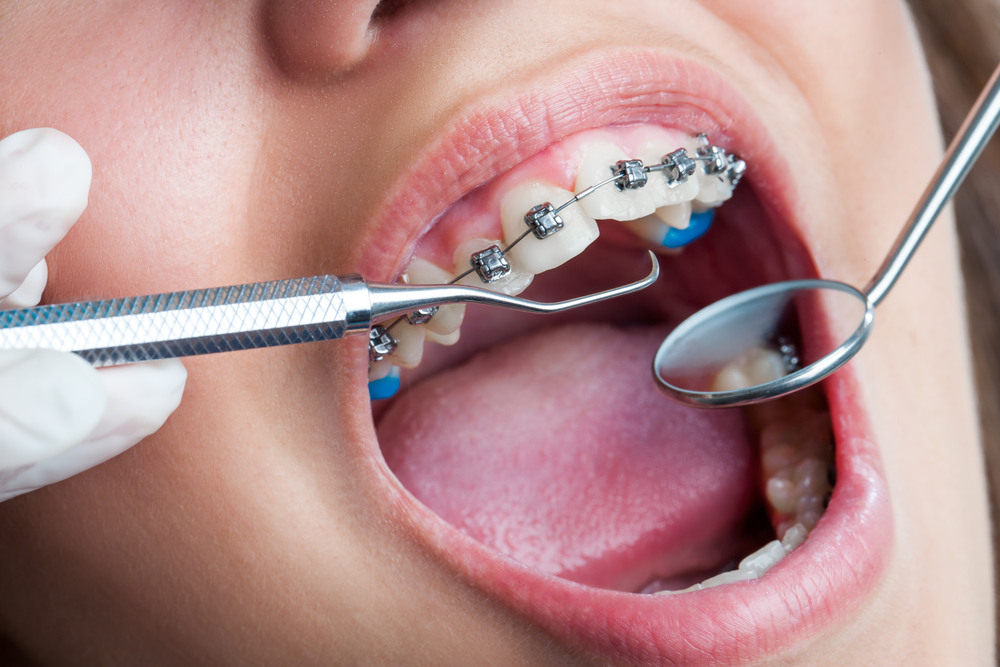
Braces: Traditional and Innovative
Traditional Braces
Traditional braces are the most common orthodontic treatment option and consist of metal brackets and wires. These braces work by applying gentle pressure on the teeth, gradually moving them into their desired positions. While traditional braces may have a longer treatment duration, they are highly effective in correcting severe misalignment issues.
Innovative Braces
In recent years, innovative braces have gained popularity as a more discreet alternative to traditional braces. These braces utilize clear or tooth-colored materials, making them less noticeable. Innovative braces, such as ceramic braces or lingual braces, can be a great option for individuals who desire a more aesthetically pleasing treatment.
Aligners: Clear and Removable
Clear Aligners
Clear aligners, such as Invisalign, have revolutionized the field of orthodontics. These custom-made aligners are virtually invisible, making them a popular choice among adults and teenagers. Clear aligners are removable, allowing for easy maintenance of oral hygiene and the ability to eat without restrictions.
Benefits of Clear Aligners
Clear aligners offer various advantages over traditional braces. Since they are removable, it becomes easier to clean both the teeth and the aligners themselves. Aligners also provide a more comfortable experience, as there are no metal brackets or wires to cause irritation. Additionally, clear aligners make it possible to continue daily activities, such as sports or playing musical instruments, without hindrance.
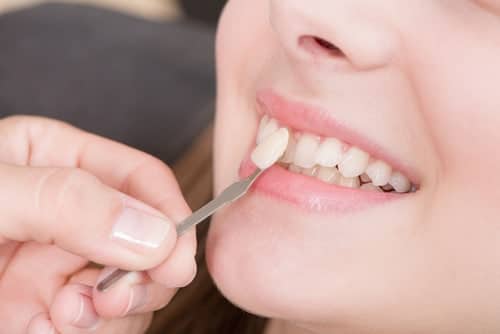
Retainers: Maintenance and Support
Types of Retainers
After completing orthodontic treatment, retainers are used to maintain the achieved results. There are two main types of retainers: removable and fixed. Removable retainers, such as Hawley retainers, can be taken out for cleaning and eating. Fixed retainers, on the other hand, are bonded to the back of the teeth and offer a more permanent solution for maintaining tooth alignment.
Retainers in Orthodontic Treatment
Retainers play a crucial role in maintaining the achieved tooth alignment after orthodontic treatment. They help prevent teeth from shifting back to their original positions and provide stability to the newly aligned teeth. It is important to follow the orthodontist’s instructions regarding retainer usage to ensure long-term success.
Specialized Techniques and Appliances
In addition to traditional braces, innovative braces, and aligners, there are specialized techniques and appliances that orthodontists may utilize to treat specific cases. These techniques and appliances include:
Headgear
Headgear is an external appliance that is used to apply additional force to the teeth and jaw. It is often recommended for cases with severe bite issues or jaw discrepancies. By using headgear, orthodontists can effectively correct complex problems and achieve optimal results.
Palatal Expanders
Palatal expanders are devices used to widen the upper jaw, creating space for crowded teeth. They are commonly used in cases where the upper jaw is too narrow, leading to a crossbite or crowding. Palatal expanders can help maintain proper alignment and improve overall oral health.
Forsus Appliance
The Forsus appliance is a specialized device that is attached to the braces to correct overbites or overjets. It works by applying a consistent force to realign the upper and lower jaws. The Forsus appliance offers an effective non-surgical solution for correcting malocclusion.
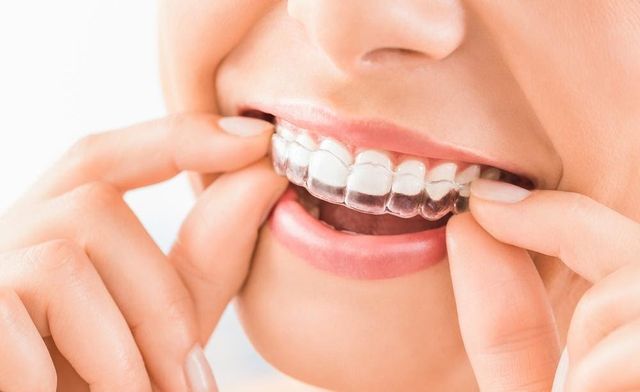
The Role of Orthodontist
Orthodontists are dental specialists who have extensive knowledge and expertise in orthodontic treatment. They play a crucial role in guiding patients through their orthodontic journey and ensuring effective treatment outcomes.
Orthodontist’s Expertise
Orthodontists undergo additional years of training and education to specialize in orthodontic treatment. They have a deep understanding of facial and dental anatomy, as well as the various treatment techniques available. Their expertise allows them to accurately diagnose and devise treatment plans tailored to each patient’s unique needs.
Initial Consultation
During the initial consultation with an orthodontist, a thorough evaluation of the patient’s oral health and alignment issues is conducted. This includes taking X-rays, photographs, and impressions of the teeth. Based on this assessment, the orthodontist formulates an individualized treatment plan.
Treatment Plan and Progress Monitoring
The orthodontist creates a treatment plan that outlines the specific steps involved in moving the teeth and aligning the jaw. Progress is regularly monitored through scheduled appointments, during which adjustments are made to the braces, aligners, or other appliances as needed.
Regular Adjustments and Follow-ups
Regular adjustments and follow-up appointments are essential for the success of orthodontic treatment. During these appointments, the orthodontist ensures that the treatment is progressing as planned and makes any necessary adjustments to keep the teeth moving in the right direction.
Frequently Asked Questions (FAQs)
Can Orthodontic Treatment Be Done Without Surgery?
Yes, orthodontic treatment can typically be done without surgery. Non-surgical options such as braces, aligners, and specialized appliances are effective in moving teeth and correcting bite issues.
Is Orthodontic Treatment Painful?
Orthodontic treatment may cause some discomfort initially. However, any pain or discomfort is usually mild and temporary. The mouth and teeth may feel sore for a few days after adjustments, but over-the-counter pain relievers can help alleviate the discomfort.
How Long Does Orthodontic Treatment Take?
The duration of orthodontic treatment varies depending on the individual case. On average, treatment can range from one to three years. Factors such as the severity of misalignment, patient compliance, and the chosen orthodontic technique play a role in determining the treatment duration.
Are There Any Side Effects of Orthodontic Treatment?
Orthodontic treatment is generally safe and has minimal side effects. Some common side effects may include temporary discomfort, mild gum irritation, and difficulty speaking initially. However, orthodontists closely monitor patients to ensure any issues are addressed promptly.
How Much Does Orthodontic Treatment Cost?
The cost of orthodontic treatment varies depending on factors such as the complexity of the case, the chosen treatment option, and the geographical location. It is best to consult with an orthodontist, who can provide a personalized treatment plan and cost estimate.
Conclusion
Orthodontic treatment offers non-surgical options for moving teeth and correcting alignment issues. With various techniques and appliances available, orthodontists can create personalized treatment plans to achieve straighter teeth and improved oral health. Whether using traditional braces, clear aligners, or specialized appliances, the expertise of an orthodontist ensures a successful outcome. If you are considering orthodontic treatment, consult with an orthodontist to explore the best options for your specific needs. Remember, a beautiful and healthy smile is within your reach, without the need for surgery.

